Alberta
Painful History: The worst tragedy in the history of the Northern Alberta Railways
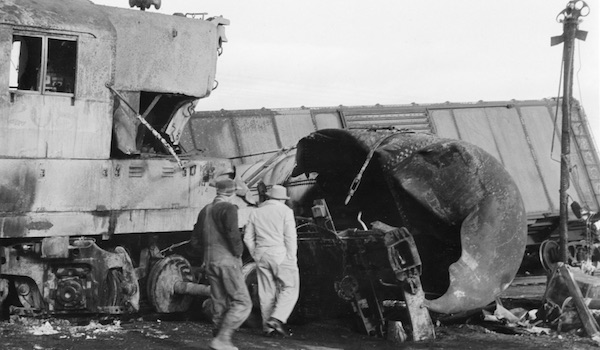
This article is submitted by members of the Alberta Railway Museum
CARBONDALE JUNCTION
On November 10, 1959, 13.6 miles North of Dunvegan Yards, the worst tragedy in the history of the Northern Alberta Railways (NAR) occurred. As a result, four people died and half a dozen men were released from their positions following a public inquest.
STATION HISTORY
The hamlet of Carbondale, North of Edmonton’s Dunvegan Yards, was at one time home to a small railway station on the Northern Alberta Railways (NAR) line. NAR was a CN-CP Rail joint venture that operated throughout Northern Alberta from 1929 to 1981. Carbondale is where the mainline split, allowing passengers and freight either West to Grande Prairie and Dawson Creek, or East to Fort McMurray.
The station was not only a stop en-route to several destinations along the line but, from 1956-1959 it was also the home of Station Agent Arthur “Art” Fraser, his wife Alice, and their youngest of three children, son Kelly (18 years) who were previous station agents in Smith, Alberta.

Courtesy of Shannyn Rus, 2020
SERIES OF TRAGIC EVENTS
On November 10, 1959, the weather was cool and a bit windy as the sun was peaking over the horizon. Carbondale Station was closed until 9am on weekdays and the Frasers were nowhere to be seen. NAR passenger train No.2 was southbound behind CN steam locomotive 5115, having left Grande Prairie the night before, destined for Edmonton. No.2 passed through Morinville at about 7:51 a.m., and was due at Carbondale at 8:00 a.m., on schedule, but was not scheduled to stop.
While the passenger train was headed south, NAR Train No.31, lead by NAR diesel locomotives 202 & 208 with 119 freight cars, left Edmonton behind schedule. In a rush to depart from the city at 7:20 a.m., crew members had improperly placed a tank car filled with gasoline directly behind the two engines, a violation of railway marshalling operating rules.
Upon reaching Carbondale at 7:51 a.m., No.31 moved to switch onto a sidetrack to allow the southbound passenger train to pass, but several cars detached from No.31 and were on the main track as the passenger train quickly approached. In a desperate attempt to notify the oncoming passenger train, the brakeman from the freight train ran ahead to deploy an explosive warning device called a torpedo on the track and wave a red flag signalling the steam train to stop. He did not get far, and the engineer of the passenger train did not see or hear the warning signals.
A precisely 8:00 am, the trains collided head on at a speed of 40 km/h (25 mph) resulting in a sound described by a witness as “atomic”. The impact ruptured the tank car, causing the rapid spread of gasoline over the station, a garage, and three vehicles. The gas immediately ignited. The bodies of the Fraser family were found outside of their home by a high-wire fence; it remains speculation as to whether they were attempting to flee the inferno or were blown from their home at the time of the explosion. The body of steam engine Fireman Albert Villeneuve was found in the buckled cab of the steam locomotive. An additional 19 people were injured in the accident.
Living just 18 metres (59 feet) from the station was retired coal miner William Dickinson. He told the Edmonton Journal in 1959 that the blast was “like an earthquake” and shook him awake. Seeing smoke and fire everywhere, he ran to the phone to report the collision, but the phone line was dead – the crash had taken out the phone and power lines, stopping his electric clock at precisely 8:00 am.
THE AFTERMATH
The fire obliterated the station, a garage, and three vehicles. Historic accounts show the station was destroyed except for its fireproof safe and brick chimney. An official investigation followed the collision. Conflicting testimony was given by the flagman from the freight train and the engineer from the passenger train. The flagman was required to go two kilometres (2,000 yards) beyond the stopped freight train to flag and alert the crew of the passenger train.
The flagman testified he went forward approximately 220 metres (240 yards); however, no footprints were found in the fresh snow beyond 23 metres (75 feet). The engineer of the passenger train stated that he did not see the red flag or hear the track torpedoes. The engineer also testified that he failed to see the freight train on the main track until he was about seven metres (23 feet) away, at which time he placed the brakes into emergency.
Following the investigation, the entire crew of No.31, the freight train, was dismissed by the NAR for violating the operating rules by having the train on the main track and not flagging down the passenger train. The engineer of the passenger train, No. 2, was also dismissed for not obeying the rule that the train be prepared to stop at the junction. The conductor of train No. 2 was severely reprimanded for not checking the signals at the junction and “for failure to exercise proper supervision over his train”.

Courtesy of Shannyn Rus, UPI Telephoto ARP-111101-November 10/59
THE BRICKS
62 years have passed since this tragic historic day and what remains buried of the Carbondale station has begun to reveal itself brick by brick. Carbondale resident Shannyn Rus and her family began finding these “ACP” stamped bricks in 2019. The chimney bricks were made by Alberta Clay Products (ACP) which existed from 1909 to 1962 in southern Alberta, near Redcliff.
The Rus family collected 20 full size, intact red bricks from the crash site and have donated them to rest at the Alberta Railway Museum as part of a collection of rail history not to be forgotten or buried again. You can find a short documentary on the Carbondale Station here.
Alberta
Alberta Next: Taxation
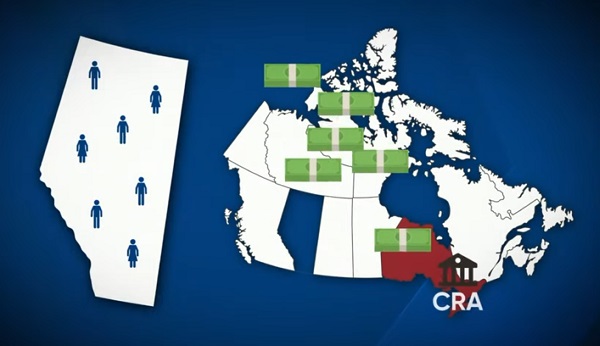
A new video from the Alberta Next panel looks at whether Alberta should stop relying on Ottawa to collect our provincial income taxes. Quebec already does it, and Alberta already collects corporate taxes directly. Doing the same for personal income taxes could mean better tax policy, thousands of new jobs, and less federal interference. But it would take time, cost money, and require building new systems from the ground up.
Alberta
Cross-Canada NGL corridor will stretch from B.C. to Ontario
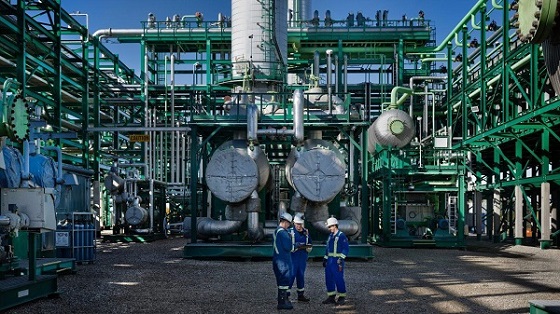
Keyera Corp.’s natural gas liquids facilities in Fort Saskatchewan. Photo courtesy Keyera Corp.
From the Canadian Energy Centre
By Will Gibson
Keyera ‘Canadianizes’ natural gas liquids with $5.15 billion acquisition
Sarnia, Ont., which sits on the southern tip of Lake Huron and peers across the St. Clair River to Michigan, is a crucial energy hub for much of the eastern half of Canada and parts of the United States.
With more than 60 industrial facilities including refineries and chemical plants that produce everything from petroleum, resins, synthetic rubber, plastics, lubricants, paint, cosmetics and food additives in the southwestern Ontario city, Mayor Mike Bradley admits the ongoing dialogue about tariffs with Canada’s southern neighbour hits close to home.
So Bradley welcomed the announcement that Calgary-based Keyera Corp. will acquire the majority of Plains American Pipelines LLP’s Canadian natural gas liquids (NGL) business, creating a cross-Canada NGL corridor that includes a storage hub in Sarnia.
“As a border city, we’ve been on the frontline of the tariff wars, so we support anything that helps enhance Canadian sovereignty and jobs,” says the long-time mayor, who was first elected in 1988.
The assets in Sarnia are a key piece of the $5.15 billion transaction, which will connect natural gas liquids from the growing Montney and Duvernay plays in B.C. and Alberta to markets in central Canada and the eastern U.S. seaboard.
NGLs are hydrocarbons found within natural gas streams including ethane, propane and pentanes. They are important energy sources and used to produce a wide range of everyday items, from plastics and clothing to fuels.
Keyera CEO Dean Setoguchi cast the proposed acquisition as an act of repatriation.
“This transaction brings key NGL infrastructure under Canadian ownership, enhancing domestic energy capabilities and reinforcing Canada’s economic resilience by keeping value and decision-making closer to home,” Setoguchi told analysts in a June 17 call.
“Plains’ portfolio forms a fully integrated cross Canada NGL system connecting Western Canada supply to key demand centres across the Prairie provinces, Ontario and eastern U.S.,” he said.
“The system includes strategic hubs like Empress, Fort Saskatchewan and Sarnia – which provide a reliable source of Canadian NGL supply to extensive fractionation, storage, pipeline and logistics infrastructure.”
Martin King, RBN Energy’s managing director of North America Energy Market Analysis, sees Keyera’s ability to “Canadianize” its NGL infrastructure as improving the company’s growth prospects.
“It allows them to tap into the Duvernay and Montney, which are the fastest growing NGL plays in North America and gives them some key assets throughout the country,” said the Calgary-based analyst.
“The crown assets are probably the straddle plants in Empress, which help strip out the butane, ethane and other liquids for condensate. It also positions them well to serve the eastern half of the country.”
And that’s something welcomed in Sarnia.
“Having a Canadian source for natural gas would be our preference so we see Keyera’s acquisition as strengthening our region as an energy hub,” Bradley said.
“We are optimistic this will be good for our region in the long run.”
The acquisition is expected to close in the first quarter of 2026, pending regulatory approvals.
Meanwhile, the governments of Ontario and Alberta are joining forces to strengthen the economies of both regions, and the country, by advancing major infrastructure projects including pipelines, ports and rail.
A joint feasibility study is expected this year on how to move major private sector-led investments forward.
-
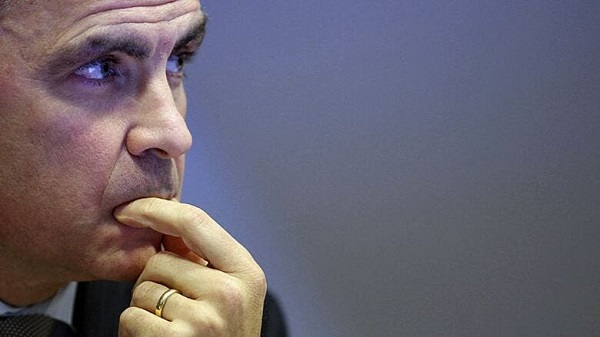
 Business1 day ago
Business1 day agoCarney government should apply lessons from 1990s in spending review
-

 Business1 day ago
Business1 day agoTrump to impose 30% tariff on EU, Mexico
-
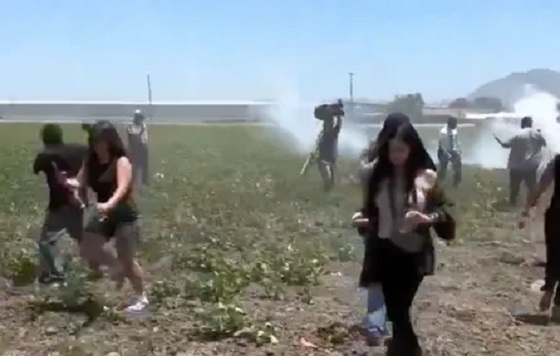
 illegal immigration1 day ago
illegal immigration1 day agoICE raids California pot farm, uncovers illegal aliens and child labor
-
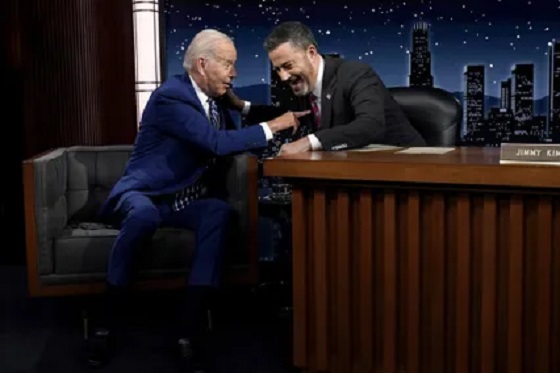
 Entertainment1 day ago
Entertainment1 day agoStudy finds 99% of late-night TV guests in 2025 have been liberal
-

 Business2 days ago
Business2 days ago103 Conflicts and Counting Unprecedented Ethics Web of Prime Minister Mark Carney
-
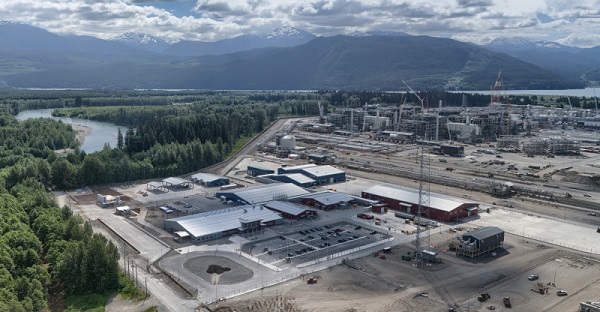
 Energy1 day ago
Energy1 day agoLNG Export Marks Beginning Of Canadian Energy Independence
-

 Frontier Centre for Public Policy13 hours ago
Frontier Centre for Public Policy13 hours agoCanada’s New Border Bill Spies On You, Not The Bad Guys
-

 Uncategorized13 hours ago
Uncategorized13 hours agoCNN’s Shock Climate Polling Data Reinforces Trump’s Energy Agenda




